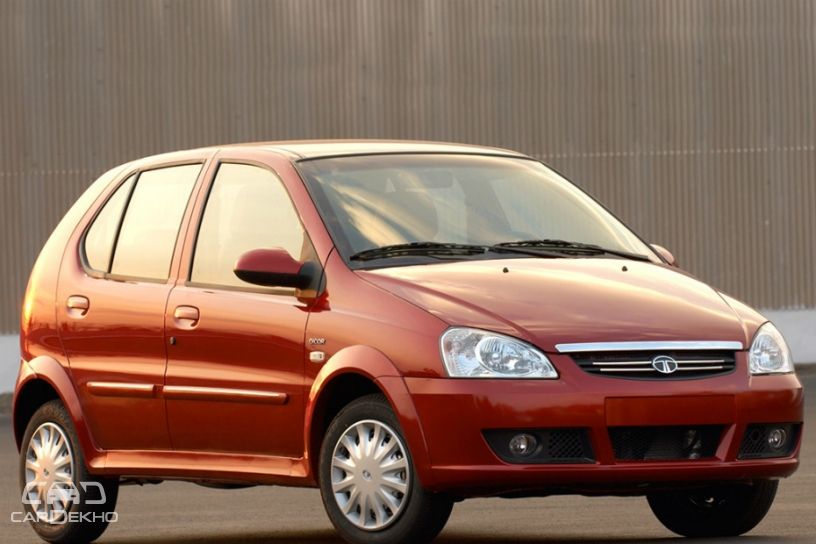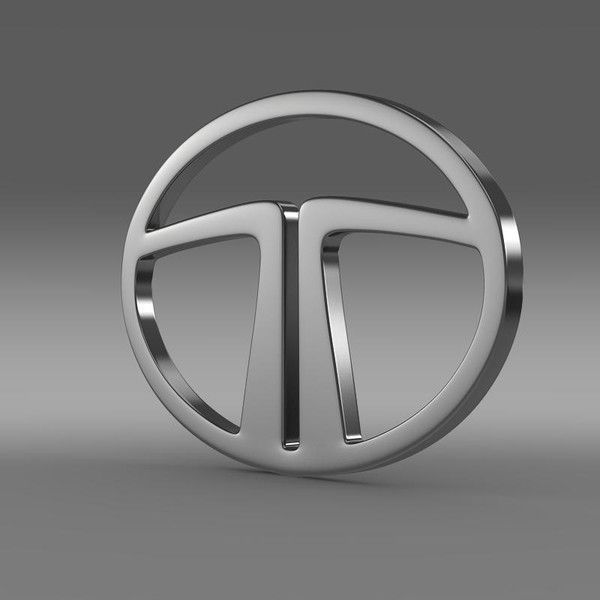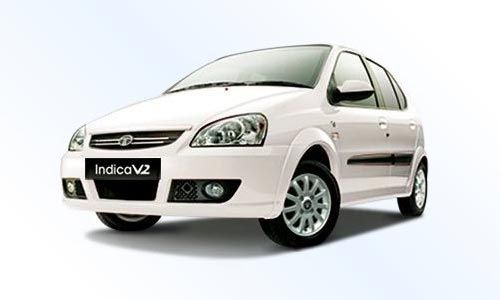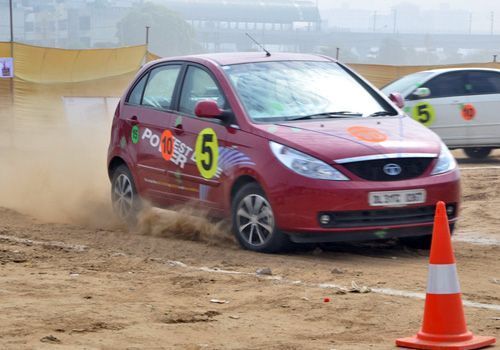Tata Indica And Indigo CS Discontinued
Modified On May 25, 2018 01:37 PM By Raunak
- Write a comment
And that brings us to the end of an era

Over a lakh, fully paid bookings were made for India's first indigenously designed and manufactured car, the Tata Indica. It was launched on 30 December 1998 in Mumbai with a sub-Rs 3 lakh price tag and a naturally aspirated 1.4-litre diesel engine. The Indica was Ratan Tata’s – then executive chairman of Tata Engineering – most ambitious project at the time and Tata Motors was then known as Tata Engineering – TELCO: Tata Engineering and Locomotive Company.
With the Indica, Tata’s vision was to build a cost-effective diesel hatchback that could rival the Maruti 800 on the price chart, be only as big as the Maruti Zen but with a cabin space identical to the HM Ambassador.
And the outcome was the Indica — a spacious, monocoque (of course) hatchback that was conceptualised and launched by Tata Engineering. It was a feat back then as Tata used to sell only ladder-frame-based offerings such as the Tata Estate, Sierra, Tata Mobile and the Tata Sumo before. The first-gen Tata Safari, which was discontinued last year, was also launched in 1998.

The Indica – amalgamation of the words India (Indi) and car (ca) – debuted at the 1998 Indian Auto Expo in January before it was showcased at the mecca of auto shows, the Geneva Motor Show, in March 1998. It was the first Indian-made car to hit the Swiss show. The Indica was designed by an Italian company, I.DE.A Institute, that also designed the Nano along with several other Fiat models.
A multi-point fuel-injected Indica petrol was launched at the Auto Expo 2000, christened Indica 2000. The Indica’s journey wasn’t completely smooth as it had several quality- & reliability-related issues initially. These were ironed out in the Indica V2, an updated version which was introduced in 2001. In a couple of years the Indica had a market share of just over 14 per cent, which was decent considering the stiff competition from the Fiat Uno, Daewoo Matiz, Maruti Suzuki Zen and Hyundai Santro.

The V2 had a couple of facelifts and mechanical upgrades, including a turbocharged version of the same 1.4-litre diesel and later, common-rail direct-injection tech. The Indica 2000 was later rechristened the Xeta with styling and mechanical upgrades. The Indica’s spiritual successor was the Vista, which was launched in 2008 and followed by the Bolt in 2015 (present). However, the first-gen Indica continued to purr – famous in the fleet business – alongside until now.

The Indica also had two other versions: the Indigo sedan (launched 2002) and the Indigo Marina estate (launched in 2004). There was also a long wheelbase version of the Indigo called the Indigo XL that came with premium features such as monitors on the front headrests. All of these versions were discontinued long back along with the Vista and its sedan version, the Manza.

The Indigo, however, continued in its compact sedan avatar, the Indigo CS, which came to be known as the Indigo eCS later. The Indigo compact sedan was launched at the 2008 Indian Auto Expo just after the implementation of small car tax structure (sub-4m cars) that gave birth to a whole lot of sub-compact sedans like the Maruti Suzuki Dzire and Hyundai Xcent.

Now, as Tata Motors is reinventing itself under its “Impact” design language and with new modular platforms, the long-running, ageing models like the Indica & Indigo are being axed, with only the Nano, Summo and the Safari Storme left. The first Tata product on a modular platform (Omega-Arc), the H5X-based SUV, will be launched by April 2019 followed by the 45X concept-based premium hatchback.

From showcasing an affordable spacious hatchback in 1998 at the Geneva Motor Show to a dual-motor, all-wheel-drive luxury electric sedan in 2018, Tata has come a long way. This certainly kindles a feeling of patriotism and sense of pride.

Read More on : Tata Indica V2 diesel















